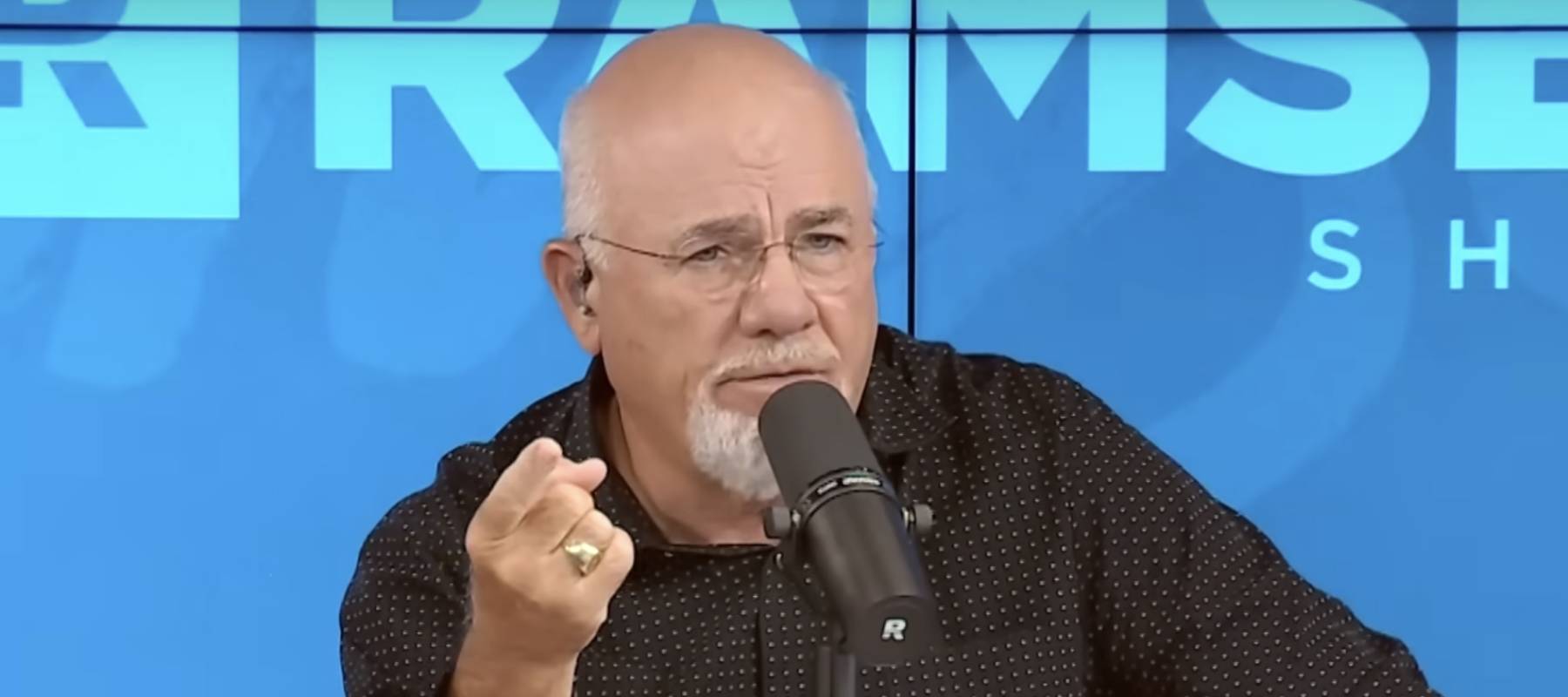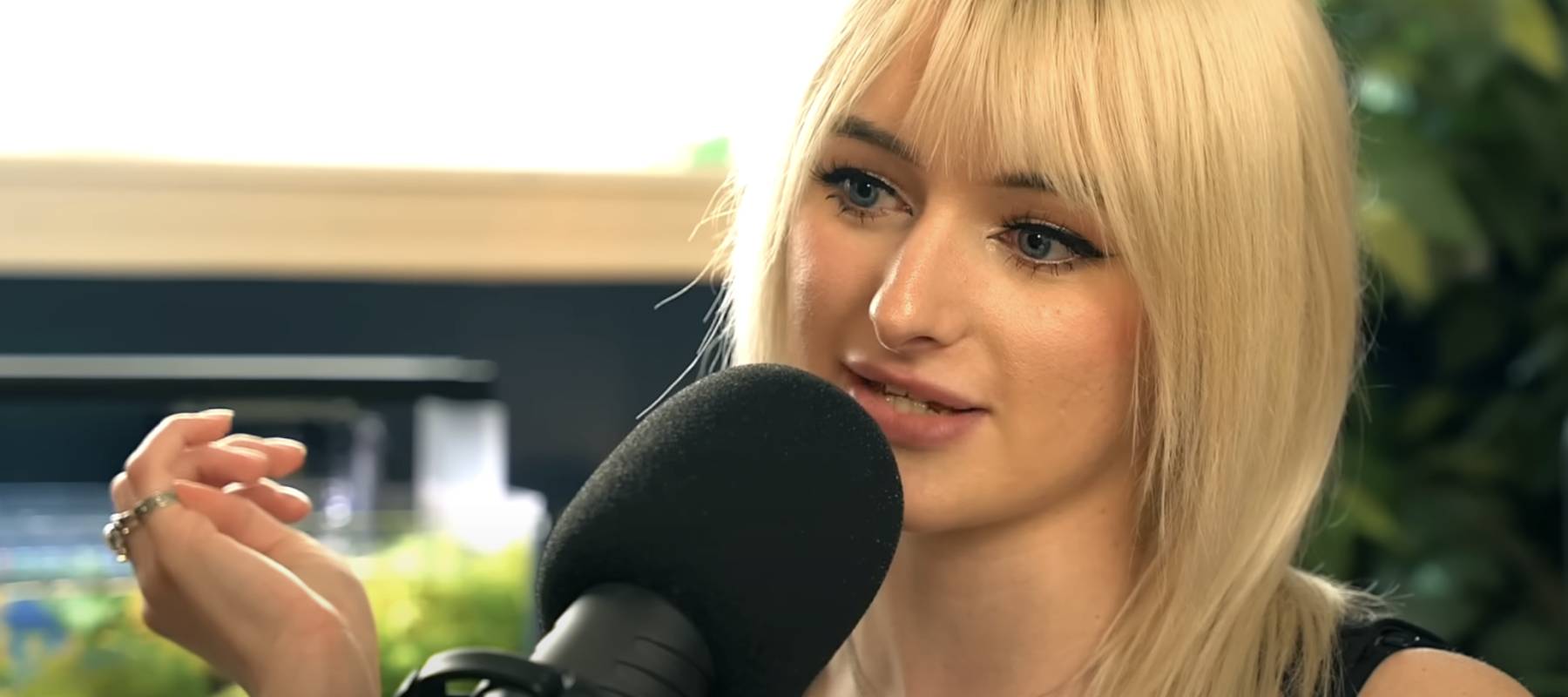-1691761377.jpg)
ETF investment 101: Learn how to invest in ETFs
Ground Picture / Shutterstock
We adhere to strict standards of editorial integrity to help you make decisions with confidence. Please be aware that some (or all) products and services linked in this article are from our sponsors.
We adhere to strict standards of editorial integrity to help you make decisions with confidence. Please be aware that some (or all) products and services linked in this article are from our sponsors.
While trading individual stocks is often the focus when people mention investing, the reality is that you could have better luck if you use exchange-traded funds (ETFs) as part of your investing strategy. When you invest in an ETF, you get the benefit of instant diversification in an easy-to-trade package. Depending on your situation, an ETF investment can be an excellent way to build a portfolio that's relatively easy to manage.
Here's what you need to know about how ETFs work, as well as how they can fit into your long-term investing plan.
What is an ETF?
An exchange-traded fund is a type of investment fund that trades like a stock. You can buy and sell ETFs on the same exchanges as shares of stock, most commonly the New York Stock Exchange and Nasdaq.
- Like mutual funds, a single purchase can give you access to diverse underlying assets. With an S&P 500 index ETF, for example, buying a single share gives you exposure to 500 stocks at once. That makes ETFs great for new investors who don't have the assets to build a diverse portfolio on their own.
- Each ETF has a name and ticker symbol. Using that ticker, you can trade during market hours. The biggest and oldest ETF is the SPDR S&P 500 from State Street Global Advisors. Also called the “Spider” — or by its ticker, SPY — it holds a massive $300 billion in assets.
- All ETFs together hold almost $6.2 trillion. That compares to $21.3 trillion held in mutual funds.
As exchange-traded vehicles, ETFs offer the opportunity to use stop orders. They can also be bought on margin and offer other trading characteristics of individual stocks. Transaction fees are generally low at most discount brokers. And many brokers even offer free trades.
ETFs generally have to disclose their underlying holdings on a daily basis. This is part of the reason there are far more index ETFs than those that are actively managed.
How to invest in an ETF
While they are not as big as mutual funds, ETFs may be a better choice for many investors due to their low cost, high liquidity, and their relative performance compared to actively managed funds. That could translate to a higher retirement account balance down the road.
Here's how to buy ETFs and how to use them in your portfolio:
1. Open a brokerage account
An ETF investment is fairly straightforward. You can invest in ETFs through just about any broker because they have ticker symbols and are traded like stocks on the exchange. Open a brokerage account, either with a robo advisor or with a broker account like Public.com. Once you've done that, you can invest in ETFs.
Many robo-advisors use ETFs to construct portfolios. Additionally, you can purchase ETFs through most brokers, including Ally Invest and E*TRADE.
Here's a quick comparison between the three:
| Highlights | E*TRADE | Ally Invest | Public.com |
|---|---|---|---|
| Rating | 4.8/5 | 4.5/5 | 3.5/5 |
| Min. investment | $0 | $0 | $0 |
| Stock trades | $0/trade | $0/trade | $0/trade |
| Options trades | $0.65/contract | $0.50/contract | N/A |
| Crypto trades | ❌ | ❌ | ✅ |
| Mutual funds | ✅ | ✅ | ❌ |
| Virtual trading | ✅ | ❌ | ❌ |
| Sign ups | Sign up | Sign up | Sign up |
| Reviews | E*TRADE | Ally | Public |
2. Pay attention to fees
When investing in ETFs, it's essential to understand how the fees work. There are two main fees you need to know about:
- Transaction fees (commissions): Just as you might pay a fee when you trade a stock, you might pay a fee when you trade an ETF. However, many brokers, including Robinhood, Schwab, and others, no longer charge transaction fees. Even if a broker charges a transaction fee for stocks, there could be a selection of ETFs that don't have fees.
- Expense ratios: Like mutual funds, ETFs have expense ratios. However, most ETFs have low ratios — some as low as 0.04%. Look for ETFs that do the job for less, and you'll keep more of your money.
3. Build a diversified ETF portfolio
ETF investment makes it easy to diversify your portfolio, especially if you rely on asset allocation. Choose ETFs that represent different asset classes. For example, you could build a portfolio that focuses on stock and bond ETFs, using a proportion that works for your timeline and goals.
It's also possible to gain exposure to alternative assets using commodity, currency, and real estate ETFs. While you may want to limit the alternative asset exposure in your portfolio, it's still relatively easy and inexpensive to include those assets.
4. Keep adding to your ETF holdings
Remember to continue adding to your holdings. When building a portfolio, consistency is key. Many brokers allow you to set up an automatic investment plan. You can set aside money each week or each month to be divided up as you wish. For example, if you set aside $200 per week, you could have 60% go to your stock ETFs, 30% to your bond ETFs, and 10% to real estate ETFs.
That money is automatically divided among your ETF holdings in accordance with the ratio you prefer. As you build your portfolio, you'll receive dividends from some of your ETFs. Reinvest those dividends to boost your portfolio further. Over time, this helps you build a substantial nest egg.
5. Learn the difference between ETFs vs. mutual funds
ETFs and mutual funds share similarities, but ETFs are different in some important ways.
- First of all, with a mutual fund investment, you own a portion of each investment in the fund. But when you buy an ETF, you aren't actually buying a piece of each underlying share. Instead, you're buying a bundle (called a “creation unit”) that is put together by a financial services company.
- Second, you can trade an ETF just like a stock throughout the trading day. A regular market order suffices to buy and sell ETF shares. Mutual fund transactions, on the other hand, settle at the end of each trading day.
- Finally, with ETF investments, the capital gains and losses are fairly straightforward, and your tax liability is determined when you buy and sell. But with mutual funds, you own the underlying assets and have to pay tax on the trades made within the funds. So, if a fund manager sells an asset in the fund, you may have to pay a hefty short-term capital gains tax at the end of the year.
Related: ETFs vs. mutual funds
6. Learn the difference between ETFs vs stocks:
ETFs and stocks have one very important characteristic in common: both trade on major stock exchanges, so you can buy and sell whenever the exchange is open. Just like stocks, ETFs have their own ticket symbols so you can track their performance.
The major difference between the two is that when you purchase a stock, you’re buying ownership in a single company. When you buy shares in an ETF, you’re purchasing many underlying assets.
What to look for in an ETF
Low expenses
An exchange-traded fund should be inexpensive to own. As an individual investor, you likely find ETFs attractive because of their low costs. Luckily for you, competition is holding down fees. Many investors find that they can get a better deal just by shopping around.
Want exposure to the Russell 2000 index? Two ETFs track this index. One from Vanguard has an expense ratio of 0.10%, whereas one from iShares charges 0.19%. As both are essentially the same and liquid enough for individual investors, the one with the lower fee is an obvious choice.
Reliable tracking
Exchange-traded funds are designed to track an index or other group of assets. Tracking errors happen when the ETF fails to keep pace with the underlying index. This can happen for a variety of reasons:
- The underlying index constituents may be illiquid. (Such is the case in emerging market funds.)
- The index may be impossible to replicate with an ETF. (ETFs have diversification requirements that indexes may not have.)
- The fund itself is illiquid and thus does not move the same way as the underlying index.
Always compare an ETF's return for the past few years to the return of its underlying index.
Low or no commissions
If possible, look for ETFs that you can invest in without paying a trading commission. Brokers like E*TRADE and TD Ameritrade offer a select list of zero-commission ETFs that investors can buy.
Many robo advisors charge a flat annual management fee, so you don't have to worry about transaction fees.
Low bid/ask spreads
Some ETFs are not popular. These small funds trade sporadically. And they often attract so little interest that the ETF can go hours or even days without a single trade. And this can cause a widespread between the price someone wants for his share and the price someone is willing to pay.
Be aware of the spread between the bid and ask prices on smaller funds as the spread represents a cost that you will have to pay to buy or sell a fund. The most liquid ETFs have bid/ask spreads equal to a penny or less. Always buy ETFs with a limit order so that your order is filled at the price you want to pay, not the price at which the market wants to sell the fund to you.
A known index
Hands-off passive investors will want to stick to funds with a known index. The S&P SmallCap 600 Index is a well-known index, as is the S&P 500. To drive down fees for investors, some fund companies are leaving well-known and understood indexes to use less-tested and less-researched indexes.
A good investment requires that you do your due diligence. Stick with indexes that are well known in the investment community and avoid new indexes that lack the track record and public name.
Different types of exchange-traded funds
There are ETFs focused on different regions, countries, market sectors, assets, and themes. There's an ETF for just about any investment plan or focus.
- A large number of ETFs track an index. This means they go up and down with major indexes like the S&P 500, Russel 3000, or Dow Jones Industrial Average. For example, if the S&P 500 goes up 2%, all S&P 500 index funds will go up the same 2%.
- ETFs can fill many different roles in your portfolio. For example, if you're looking to earn money from your portfolio, you could buy dividend and fixed-income ETFs that make regular payments to shareholders. Not too long ago, I bought a real estate ETF because I didn't have enough cash to buy actual real estate.
- If you think the dollar is about to fall and gold will go up, there are gold and other precious metals ETFs. If you are gung-ho on agriculture, you could invest in a commodities or agriculture stock ETFs.
ETFs come in broad categories, just like mutual funds. Major asset classes include equities (stocks), bonds, commodities, money markets, precious metals, and real estate.Each ETF has a unique collection of underlying assets, which often represent a particular asset class, sector, or location.
Stock ETFs — A stock ETF is made up of a variety of underlying stocks. Stock ETFs are often designed to track a particular index, like the S&P 500, Dow Jones, or Nasdaq-100.
Commodities ETFs — Commodities are physical assets that are traded as investments. Commodities ETFs might have underlying assets like corn, crude oil, natural gas, and gold. Some commodities ETFs invest in the underlying commodities themselves, while others invest in companies that produce or transport the commodities.
Bond ETFs — A bond ETF holds underlying assets that are all bonds. This type of ETF could hold various types of bonds, including government bonds, corporate bonds and municipal bonds. An ETF might specialize in holding bonds of a particular risk level of maturity. These bonds often pay interest like the bonds themselves.
International ETFs — An international ETF specifically invests in foreign markets, allowing investors to further diversify their portfolios beyond domestic stocks. An international ETF might invest in companies from a particular country, region or economic status.
Sector ETFs —A sector ETF is one that specifically invests in companies within a particular sector. Sector ETFs include those that invest in energy, healthcare, real estate and others.
Style ETFs — A style ETF tracks underlying investments of a particular style or size. Some style ETFs might focus on a particular size of the company, such as small-cap, medium-cap, or large-cap. Others might differentiate between value and growth stocks, then invest in one or the other.
Inverse ETFs — Inverse ETFs are a unique type of fund that specifically profit from declines in the market or the underlying indices they track. Some inverse ETFs profit by shorting stocks, while others invest in derivatives that are profitable if the underlying assets decline in value.
Actively managed ETFs — Most ETFs passively track a basket of underlying assets. An actively managed ETF has a fund manager who selects investments designed to outperform a particular index or the market overall.
ETNs — An exchange-traded note (ETN) is like an ETF in that it trades on a stock exchange and tracks a particular index. However, ETNs differ from ETFs in that they are unsecured debt security that’s issued by a bank and is linked to the performance of an underlying benchmark or index.
With thousands of ETFs to choose from, it's easy to diversify and customize your portfolio. It's also easy to get lost with all of the available options. If that's the case, consider hiring a financial advisor using Paladin Registry.
Pros and cons of ETF investment
Pros
- Instant diversity for your portfolio
- Low costs
- Easy to trade on the exchange
- High liquidity
- Low volatility
- Tax efficiency
Cons
- Potential trading commissions
- Possibility of contango (see below) when ETFs don't stay in line with underlying assets
- You don't actually own the underlying asset
How to trade ETFs
Trading an ETF is quite similar to trading an individual stock. You can buy and sell shares throughout the day, as long as the stock exchange is open. As a result, you can trade ETFs through the same method you would invest in stocks.
If you work with a broker, you can contact your broker to facilitate the trade for you. If you trade through an online brokerage account, you purchase the number of shares you want in just a few steps — often with low or no trading fees.
Some brokers make it easy by issuing their own ETFs. For example, brokers such as Vanguard and Fidelity issue their own ETFs, making it easy and inexpensive for customers to purchase shares.
How do ETFs fit in your portfolio?
One of the reasons that ETFs are so attractive is because they help investors to achieve one of the core tenets of investing: diversification. Diversification reduces risk in that, if one of your investments performs poorly, it doesn’t negatively impact your entire portfolio.
ETFs make it easy to diversify your portfolio and gain exposure to new markets without taking on the risk of investing in individual companies. Given the wide variety of ETFs and their passive nature, you could easily build a portfolio entirely around ETFs. By investing in a variety of ETFs, you can gain exposure to several different asset classes, industries and market capitalization.
Risks of ETF investment
As with any investment, there's the chance that you will lose money with an ETF. If the ETF drops in value, you could lose some of your principal.
Risk specific to ETFs is something called contango. This risk is especially pronounced with ETFs that rely on futures contracts, like commodity ETFs. If expiring contracts are less expensive than front-month contracts, the value of an ETF can drop steeply as the contracts rollover. When investing in ETFs that involve futures, be careful of this situation.
Bottom line: ETFs can help you build up your portfolio
ETF investment can be an excellent way to build a diverse portfolio with relative ease. Over the years, ETFs have become an increasingly popular way to make the most of your money and build a portfolio without the need to invest in individual stocks. With an ETF, you get the advantage of the diversity that comes with a mutual fund, as well as the liquidity and ease of trading that comes with a stock.
With files from Erin Gobler





